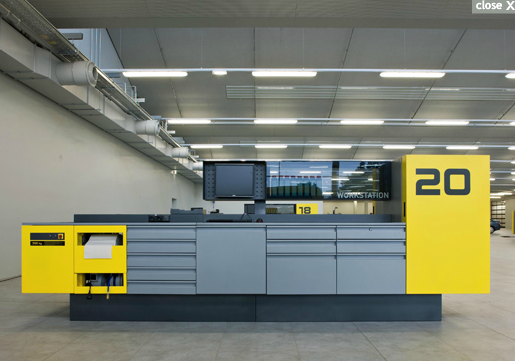For low volume or highly precise injection molded components, finding the right supplier in China can be challenging. This guide covers considerations when sourcing these services. For small batch or prototype production, low-volume injection molding allows flexibility and cost efficiency. Achieving precision tolerances in injection molded components requires proper injection molding techniques for process control.
Overview of Low Volume Molding
Low volume molding refers to annual quantities under 10,000 parts. Key characteristics:
- Limited prototype or pre-production runs
- High mix, low predictability orders
- Frequent design changes
- Short lead times required
- Not suitable for high automation
Suppliers need flexibility and quick changeover skills.
Overview of Precision Injection Molding
Precision molding produces parts within tight tolerances of ±0.005″ or less. Common applications:
- Medical devices
- Automotive components
- Electrical connectors and enclosures
- Optics and lighting
- Consumer electronics
Precision requires advanced equipment, rigorous process controls, and specialty materials.
Challenges of Sourcing in China
While China dominates high volume molding, low volume and precision molding requires finding select suppliers:
- Extra diligence required for tooling design, machining, maintenance
- Process rigor to hold very tight tolerances
- Higher costs than high volume molding
- Protecting IP when sending designs to China
- Communication barriers – technical requirements
Thoroughly vetting capabilities is crucial.
Supplier Qualifications for Low Volume Molding
Look for these traits in low volume molding partners:
- Niche focus on low volumes versus high volume
- Capable of quick changeovers between jobs
- Flexible production planning approach
- Tooling expertise – single or multi-cavity molds
- Variety of machines – fill any shot size needs
- Quick sampling – parts from prototype tooling
- Lean operations and rapid turnaround
Evaluate experience with customers having similar needs.
Supplier Qualifications for Precision Molding
Key precision molding supplier traits:
- Documented process controls – SPC, DOE, ISO-9001
- Quality lab – CMM, optical measurement, testing
- Real-time production monitoring and data tracking
- Extensive metrology and inspection expertise
- Experience with similar precision applications
- Use of scientific molding techniques
- Continuous improvement culture
Precision requires extensive process discipline.
Tooling Design Considerations
For low volumes or precision molding, tooling must be optimized:
- Generous draft angles and radii – easier demolding
- Advanced venting – prevents surface defects
- Conformal cooling channels – maintains stability
- Fine polish on core/cavity – reduces friction
- Clean room mold assembly standards
- High strength, wear resistant steels
- Multi-cavity configurations where possible
Perform mold flow simulations and get expert reviews.
Part Design Recommendations
Along with precision tooling, the part design impacts results:
- Uniform wall thickness – avoids sinks, warpage
- Minimal undercuts – reduces tool complexity
- Large fillets/radii on corners – prevents stress
- Avoid overhangs, cantilevers – needs supports
- Pick simple, easy to fill geometries
- Thicker ribbing for strength and rigidity
Seek DFM analysis input from the supplier.
Critical Process Factors
Precision molding requires tight discipline:
- Validated process procedures and SOPs
- Documented parameter settings for repeatability
- Cavity pressure sensors – prevent short shots
- Automated monitoring and real-time alerts
- Preventive maintenance routines
- Continuous monitoring of key characteristics
- Dimensional capability and SPC analysis
- Part traceability procedures
These process controls are mandatory.
Effective Communication
Smooth collaboration is essential:
- Detailed product specifications – GD&T, material, acceptance criteria
- Design reviews – optimize for moldability
- Production planning – lead time, capacity
- Tooling and sampling insights
- Progress updates – tooling, part approval, production
- Issue resolution practices
- IP protection protocols – NDA, restricted staff
Have regular meetings and visits.
Key Takeaways for Low Volume and Precision Molding in China
- Select suppliers with proven expertise in your niche
- Optimize tooling design, material selection, automation strategies
- Implement robust process control, inspection, and SPC
- Ensure precise, documented communications for requirements
- Schedule visits and alignment meetings
- With careful planning and execution, China can deliver
China offers advantages but finding the right partner is vital. Following best practices ensures high quality results and value.




